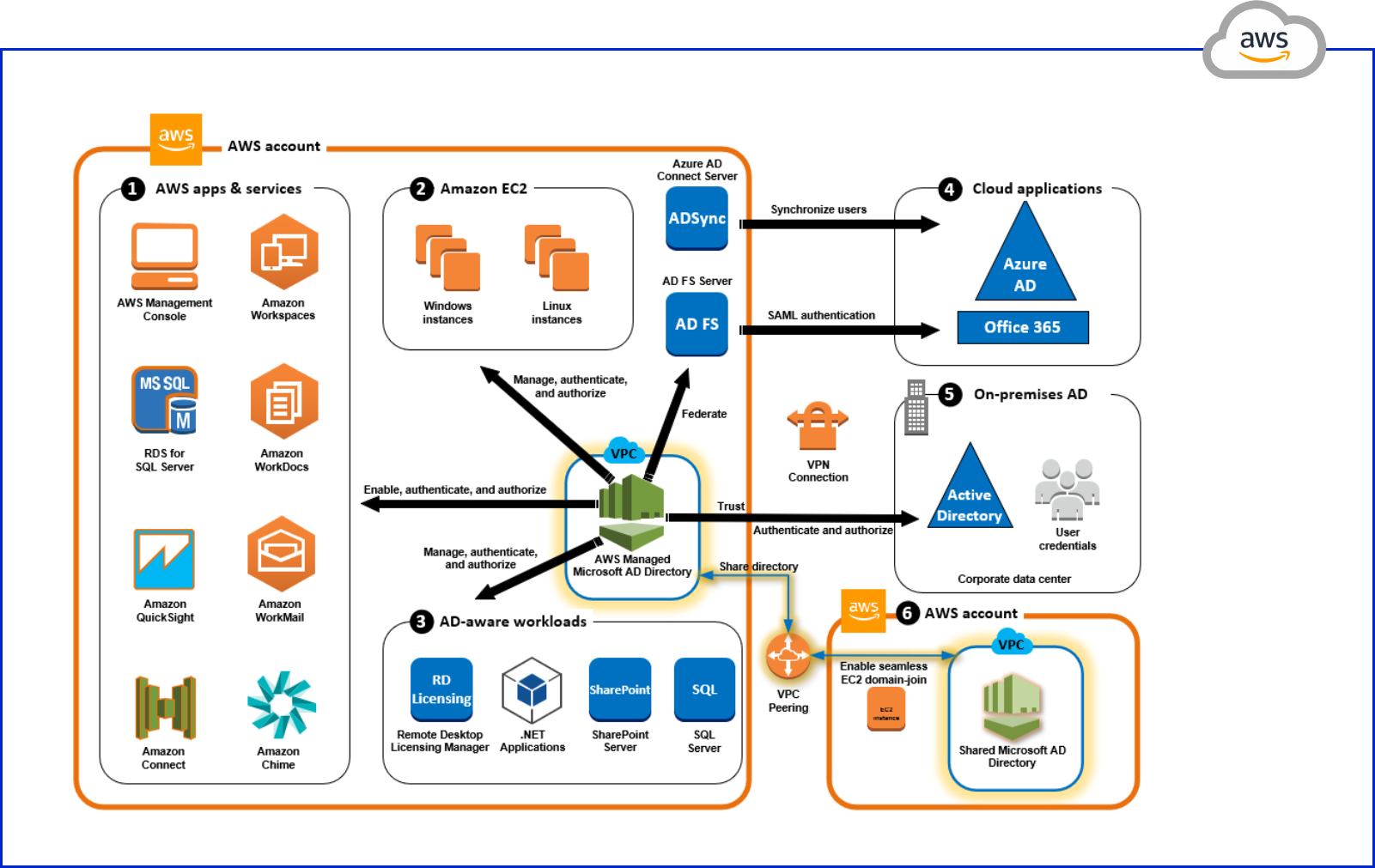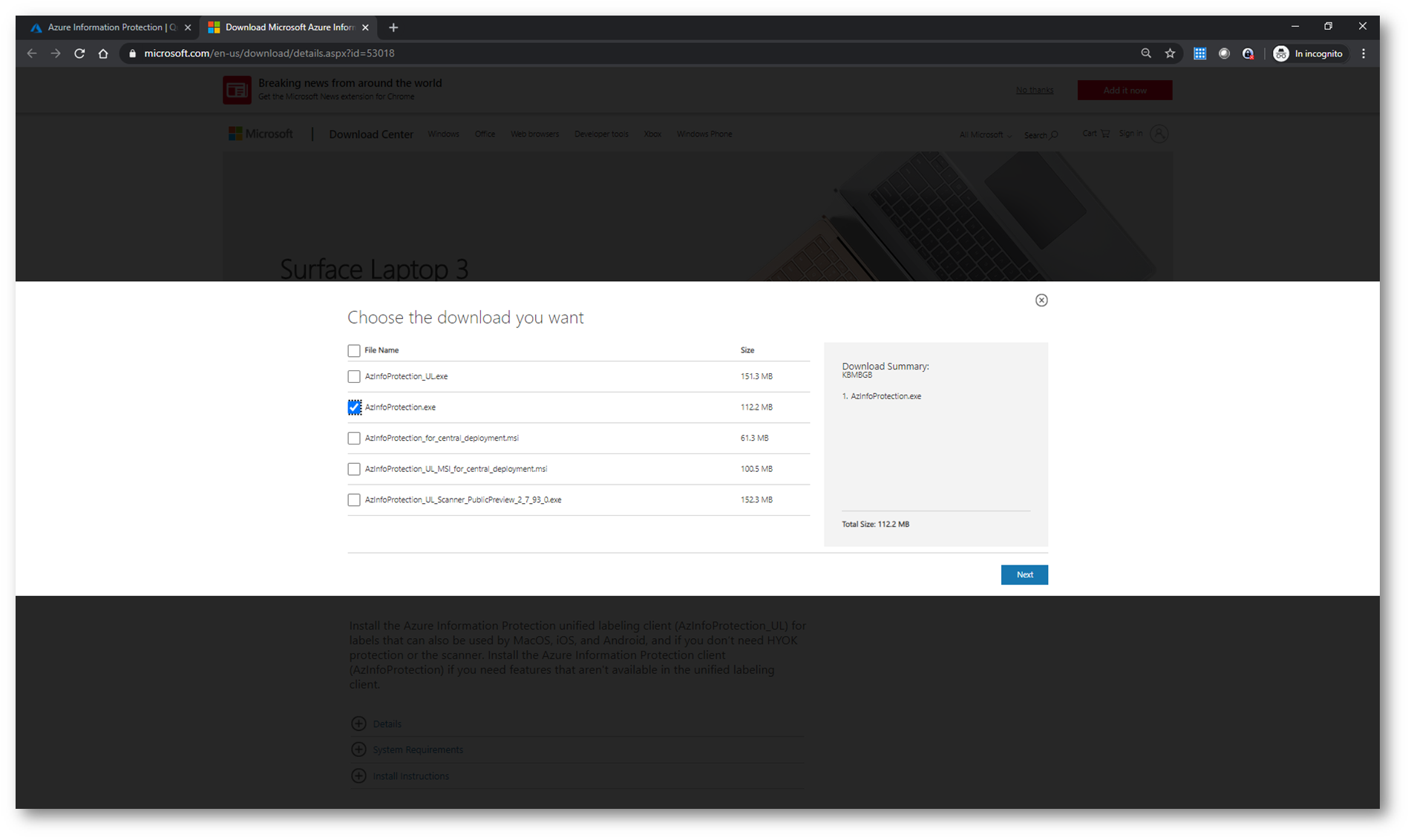

- #Azure information protection client for mac how to
- #Azure information protection client for mac install
- #Azure information protection client for mac windows 10
- #Azure information protection client for mac software
- #Azure information protection client for mac windows
If you delete user profiles when you use the Azure Information Protection clients with Remote Desktop Services, do not delete the %Appdata%\Microsoft\Protect folder.Īdditionally, Server Core and Nano Server are not supported. These applications use the following files, respectively: winword.exe, excel.exe, outlook.exe, powerpnt.exe,, Server supportįor each of the server versions listed above, Azure Information Protection clients are supported for Remote Desktop Services.
#Azure information protection client for mac software
If you're working with virtual machines, check whether the software vendor for your virtual desktop solution as additional configurations required for running the Azure Information Protection unified labeling or the Azure Information Protection client.įor example, for Citrix solutions, you might need to disable Citrix Application Programming Interface (API) hooks for Office, the Azure Information Protection unified labeling client, or the Azure Information Protection client.

When the Azure Information Protection clients protect the data by using the Azure Rights Management service, the data can be consumed by the same devices that support the Azure Rights Management service.
#Azure information protection client for mac windows
Windows Server 2012 R2 and Windows Server 2012įor details about support in earlier versions of Windows, contact your Microsoft account or support representative.
#Azure information protection client for mac windows 10
Handwriting is not supported in the Windows 10 RS4 build and later. The Azure Information Protection clients for Windows are supported are the following operating systems:

Supported operating systems for client devices

#Azure information protection client for mac how to
If you use another vendor solution for federation, check with that vendor for how to configure it for Azure AD. Single sign-on (SSO) is supported for Azure Information Protection so that users are not repeatedly prompted for their credentials. To use user accounts from your on-premises directory (AD DS), you must also configure directory integration. To support authentication and authorization for Azure Information Protection, you must have an Azure Active Directory (AD). If your question is not answered there, contact your Microsoft Account Manager or Microsoft Support.
#Azure information protection client for mac install
For more information, see Install the Azure Information Protection unified labeling client for users and The client side of Azure Information Protection. To deploy Azure Information Protection, you must have the AIP client installed on any machines where you want to use AIP features.


 0 kommentar(er)
0 kommentar(er)
